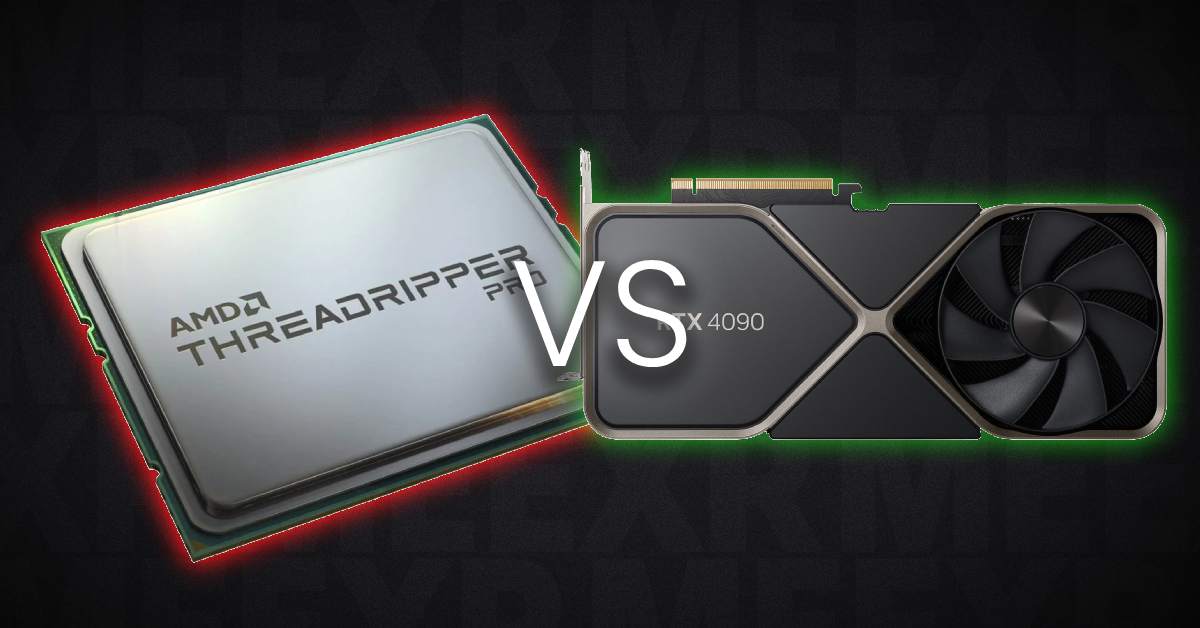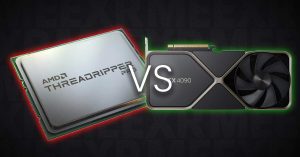When it comes to rendering, the debate between CPUs and GPUs is significant. Both play crucial roles, but their approaches and strengths are quite different. Understanding these differences can help you choose the right tool for your rendering needs.
CPUs: The Classic Choice
Central Processing Units (CPUs) have been the backbone of computing for decades. When it comes to rendering, CPUs excel in tasks that require high precision and complex calculations. They are designed to handle a broad range of computing tasks sequentially. This makes them great for intricate calculations and detailed work. For instance, high-end CPUs like the Intel Xeon are often used in architectural visualization, where accuracy and detail are paramount. However, while they offer detailed and accurate results, CPU rendering can be time-consuming, particularly for complex scenes.
GPUs: The Speed Demons
Graphics Processing Units (GPUs), on the other hand, have revolutionized rendering with their ability to handle numerous tasks simultaneously. Designed originally for rendering graphics, modern GPUs like the NVIDIA RTX 3080 bring real-time ray tracing capabilities and massive parallel processing power to the table. This makes them incredibly efficient for rendering large scenes quickly. For example, using a GPU with Blender’s Cycles renderer can dramatically cut down rendering times, allowing for rapid previews and adjustments. This speed advantage is why GPUs are increasingly popular in fields like gaming and film production.
Breaking Through with RTX Technology
NVIDIA’s RTX technology represents a significant breakthrough, integrating real-time ray tracing to simulate light interactions with stunning realism. This innovation has been adopted by various software applications, including Autodesk’s 3ds Max and Unreal Engine. It offers unparalleled visual fidelity, making it a game-changer for creating lifelike graphics and effects.
Choosing the Right Tool
The choice between CPU and GPU rendering often boils down to specific project needs and hardware availability. For tasks that demand high precision and where time is less of a concern, CPUs are a solid choice. Conversely, for projects that benefit from speed and real-time capabilities, GPUs are the go-to option.
In Summary
Both CPUs and GPUs have their place in the rendering world. Understanding their strengths can help you make informed decisions and achieve the best results for your projects.
Further Reading
For more information, check out these resources:
- Intel Xeon Processors – Details on high-end CPUs used in rendering.
- NVIDIA RTX – Information on GPUs with real-time ray tracing.





